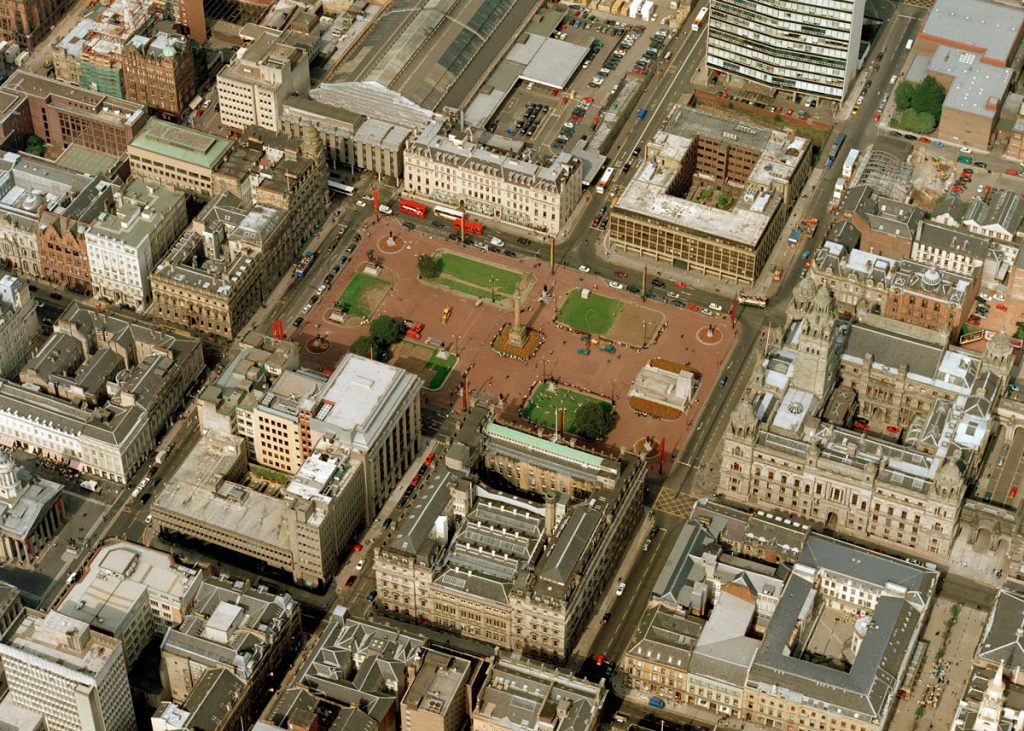After a long journey through the bill process, including over 300 parliamentary amendments, the new Planning (Scotland) Act 2019 became law in summer 2019. Following years of uncertainty, built environment professionals like me could finally begin to understand our new duties.
But along with new duties, there are new and unknown issues facing the planning profession.
Scotland’s planning system plays a central role in understanding what makes a place work well for the people in it. Communities, council planners, businesses and organisations like Historic Environment Scotland (HES) and the Scottish Environment Protection Agency (SEPA) are all involved in the process.
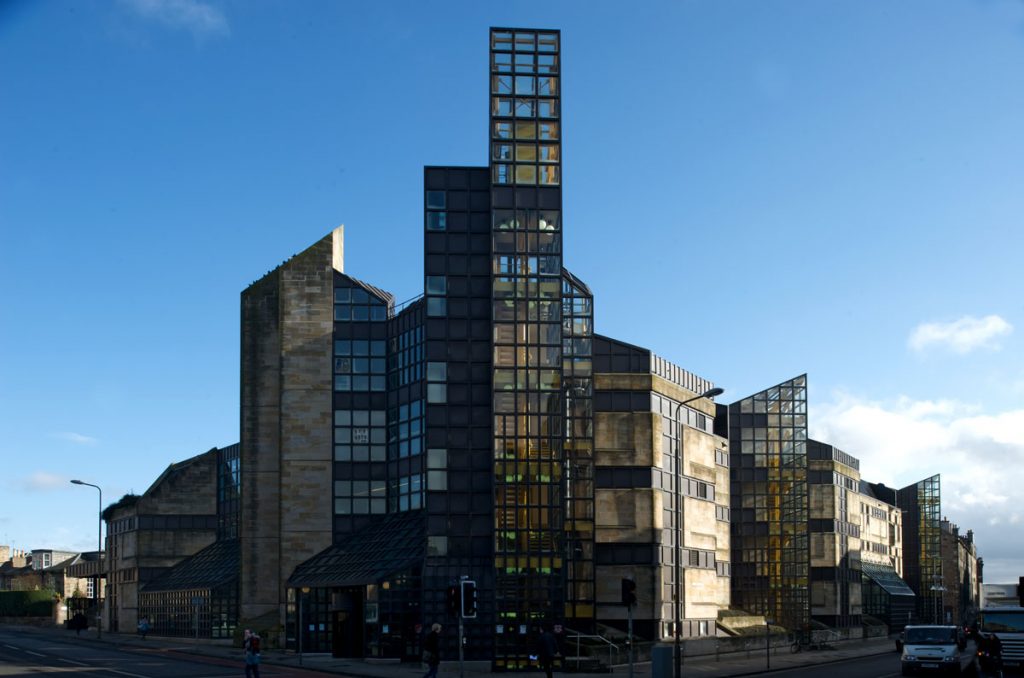
Some priorities for placemaking have been driving planning decisions for some time now, like improving people’s wellbeing, health and social mobility by improving the places they spend time. But how is the new Act set to take on the key challenges facing society? The declaration of the Climate Emergency means that a main focus for planning must be mitigation and adaptation.
Let’s look at four key aspects of the new Act and see how it will be tackling these complex challenges.

1. When two become one
One of the biggest changes to the planning system with the new Planning (Scotland) Act 2019 is the integration of the National Planning Framework (NPF) and Scottish Planning Policy (SPP) into a single document.
The NPF is Scotland’s long term plan defining where development and infrastructure is needed to support sustainable and inclusive growth. The SPP sets out national planning policies and promotes consistency in how we apply the policy while giving some flexibility for local circumstances.
Having everything in one place will let Scottish Government (alongside key partners such as HES) explain their policy intents for all issues including the Climate Emergency, placemaking and community engagement.

This also means decision-makers can be confident about the Scottish Government’s position. It won’t stop alternative approaches to tackle problems, but it will make it easier to identify alternatives that match Government priorities.
The new document will contain the principal policy requirements on the key issues which affect everyone in Scotland. It will be a public, statutory document. This means it has to be signed off by Scottish Parliament before it goes live. Due to this, it will have more weight in planning decision-making.
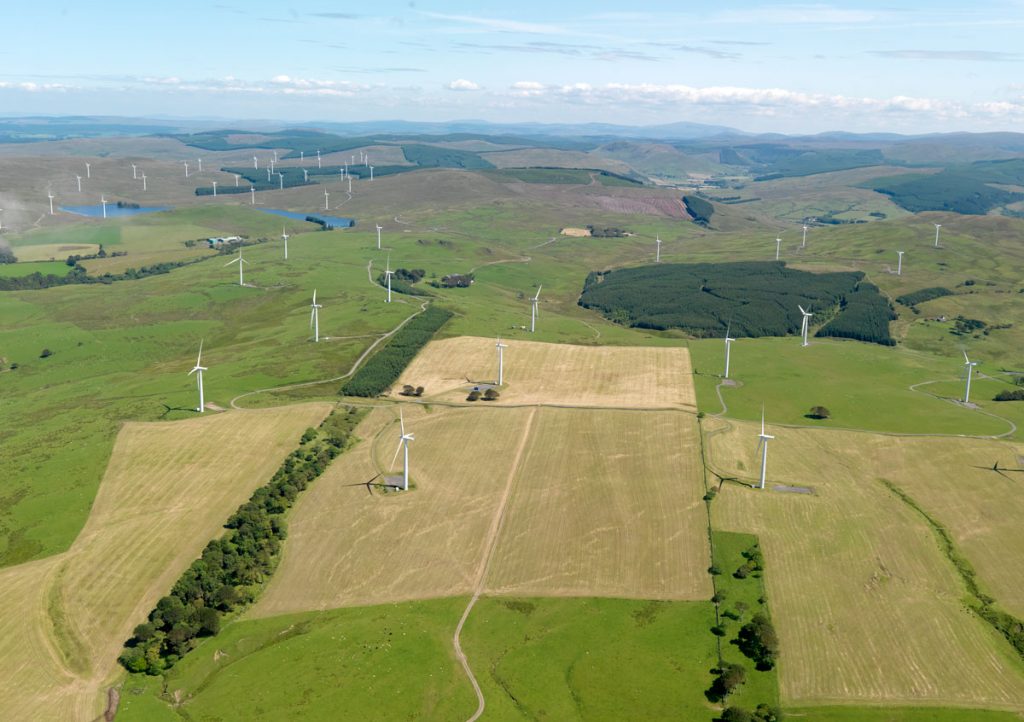
2. Regional strategies to tackle regional issues
The new Act introduces a new form of regional planning titled Regional Spatial Strategies (RSS). This replaces the previous Strategic Development Plans (SDPs), which could only cover the four city regions.
The introduction of RSS opens up a significant opportunity for Planning Authorities to work together, sharing information and resources to address regional issues.
This is an important change. Issues like the impact of climate change aren’t limited by political boundaries and actions in one area can have significant impacts on another.
RSS set up a system for multiple authorities to work together to make sure the solution to one problem doesn’t create another somewhere else.
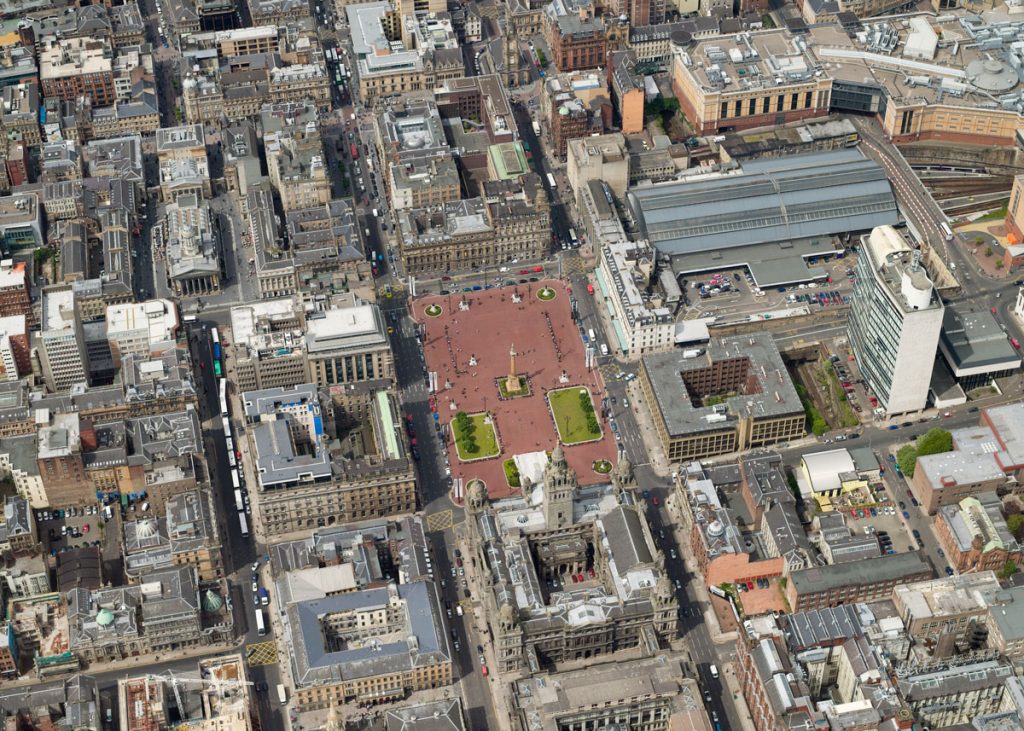
3. Putting your places at the heart of the plan
Local Development Plans (LDPs) are at the centre of Scotland’s plan led system. Every council area across Scotland has one. They allocate sites, either for new development, such as housing, or places to be protected. All planning decisions have to be made in line with the area’s LDP.
Under the new Act, LDPs will be more tailor-made documents. They won’t repeat the policies in the new single NPF/SPP document. It’s a great opportunity for decision-makers to create a more localised and detailed plan that makes sure that people and the places they value are the focus.
LDPs will be able to set out how they would like to protect or enhance assets in their area. This might include listed buildings or historic places like streets, parks or even views. If these are clearly identified as part of the plan, decision-makers can make sure the way they are managed reflects what it is that makes them important to people and communities.
Like all new policy documents, LDPs will have to reflect government priorities around the Climate Emergency. Built environment practitioners are already beginning to plan for what decarbonised workplaces, homes and public places will be like. LDPs offer a mechanism to ensure that the right solutions are implemented so no one is left behind in the transition from one approach to another.
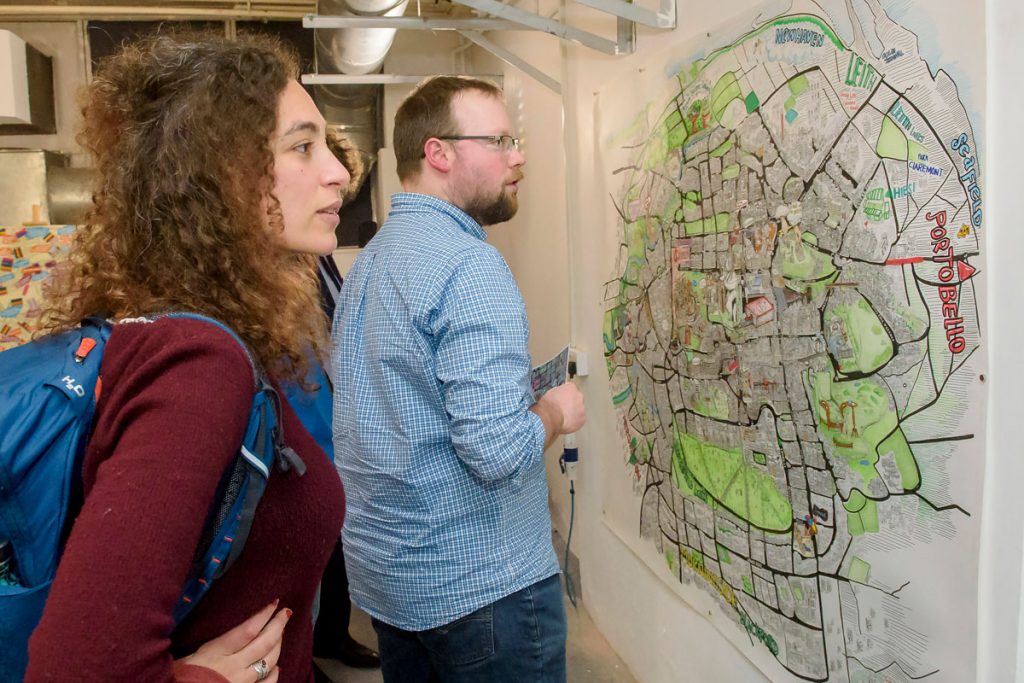
4. Empowering communities
The Planning (Scotland) Act 2019 introduces Local Place Plans (LPPs) in to the planning system for the first time. It’s an exciting opportunity for local communities to identify what they would like to change, protect and promote within their place.
These LPPs offer a more holistic approach to placemaking. They offer communities a new way of having a real say in the decisions about the future of their places.
With the additional duties on planning authorities to engage with different communities (including disabled people, children and young people), LPPs may offer the most inclusive mechanism in Scotland’s planning process for identifying and progressing the needs of diverse communities.
Want to learn more about the planning system in Scotland? Find out how to get your voice heard in the community and spatial planning systems or get an insight into what happens to planning applications when HES are consulted.
About the author: Anna Gaffney is a Senior Policy Officer in the Energy team for the Scottish Environment Protection Agency (SEPA). She is also a town planner and member of the Leaders Network of the 2050 Climate Group, a charity which seeks to support people to take action on climate change in every sphere of their lives. Anna is also a Board Trustee of the charity A Place in Childhood, which seeks to promote inclusive child friendly environments across Scotland.

